Daily recording of vital signs is standard practice for monitoring hospital patients. Despite this, recent studies reveal that the medical documentation of these vital signs is often inadequate, particularly for respiratory rate. An abnormal respiratory rate is a significant predictor of serious conditions, including cardiac arrest and ICU admission.
In 1993, Fieselmann and his team found that a respiratory rate exceeding 27 breaths per minute was the most crucial indicator of cardiac arrest in hospital wards. More recently, Subbe and colleagues demonstrated that relative fluctuations in respiratory rate are more substantial than those in heart rate or systolic blood pressure. This suggests that respiratory rate is a more reliable metric for distinguishing between stable patients and those at high risk.
The journal article highlights the neglect of respiratory rate as an essential vital sign in early disease detection.



